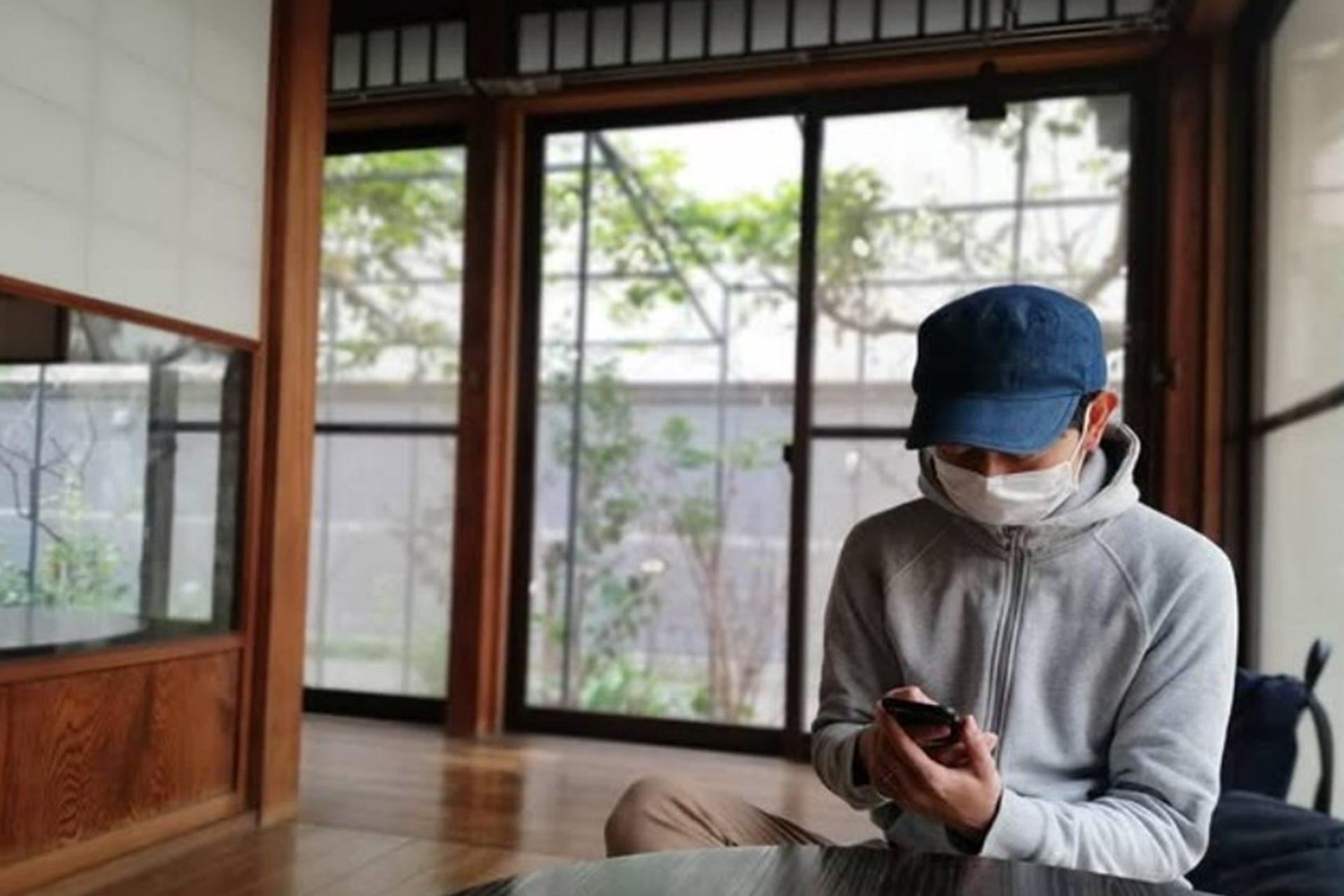A day on the film set: everything involved in shooting a movie
When we watch a movie or a series, we can hardly imagine the long and methodical work it takes to make it. A film set involves hundreds of people with essential functions for the production to happen. Check out what happens on a day of filming in this gallery!
Normally, the average recording time for a movie or series is 10 to 16 weeks - that is, an average of 3 months! Each day has an average of 10 to 12 hours, with only a 1-hour break to eat.
Photo: Jakob Owens / Unsplash
Work on a film set usually starts very early: sometimes even before 6 am. In other cases, filming takes place at night, which requires even more concentration.
Timing is very important in a shoot, so the entire crew has to be extremely punctual. The film set works like clockwork and each worker is like a small cog that makes it run perfectly. Any delay can result in financial losses for production.
To ensure that everything happens at the right moment, there is the position of Assistant Director. They are the person in charge of controlling the times on and off the set and making sure that the crew is working in harmony when the time comes to move on to the next scene.
Photo: Gordon Cowie / Unsplash
Although the Assistant Director is one of the first to arrive on set, before that, there's usually already a production team in full swing to prepare the facilities. Also very early, the catering team arrives to prepare breakfast, as well as the electricians who are part of the photography department. They have to take the time to prepare the lighting of the set.
Photo: Dim Hou / Unsplash
Then, normally, the makeup and clothing team arrives, followed by the actors and actresses, who, after having a good breakfast, get ready in their dressing rooms to record the first scene of the day.
Photo: Joel Filipe / Unsplash
The dressing rooms are a space that only a few of the crew have access to. The artists' privacy is much respected, especially when they are big names.
Meanwhile, the art and photography department works to make the scene aesthetically perfect, exactly the way in which they discussed it with the director in past meetings.
Photo: Jakob Owens / Unsplash
While the art department takes care of the scenery and decor, under the orders of the Art Director, the photography department manages everything that has to do with the camera. The Director of Photography is in charge of choosing the ideal lens and the position of the camera to create the necessary atmosphere.
We know that the director is the person who maintains contact with the actors and who steers them as they try to display certain acts and feelings for each scene. However, the director's tasks go further than that.
Although cinema is collaborative work, all aesthetic decisions are first approved by the director. This person is the one who gives the final ok, and they are the creative mind behind any decision.
When the set, crew, and actors are ready to record, it's time for the sound department to step in and arrange the mics of the actors.
Then, all set... Time to shut the clapperboard and film!
Photo: Jakob Owens / Unsplash
At this time, only the necessary people are present on the set - normally the team leaders and actors - to guarantee maximum concentration for everyone. The director is usually behind a video monitor which reproduces exactly what the camera is recording.
Although there is a popular belief that "Lights, camera, action!" is said before every scene, this is not exactly the case. Nowadays, what is usually said is: "Camera... Record! Sound... Record! Action!" Most of the time, it is the Assistant Director (in charge of controlling the times, remember?) who says these words.
Photo: Jakob Owens / Unsplash
On the other hand, the person who decides when the scene is done and says "cut!" is always the director. Sometimes they say it because the scene is ready, and other times they want to roll a little longer to get the perfect expression from the actor.
Once the director believes they have achieved the perfect shot for each actor in a given scene, it's time to move on to the next one.
Photo: Jakob Owens / Unsplash
After the lunch break, the entire team continues working with 100% attention until the end of the day.
When the day is over and all the scheduled scenes have been shot, all the material is put away.
Photo: Kushaga Kevat / Unsplash
As usual, the production team is the last to leave, as they need to check that everything is in order and prepare some tasks for the next work day.
In large productions, there is usually a huge amount of money involved. That's why the schedule is followed so religiously by everyone involved. However, unforeseen events can happen... In these cases, the production team has to be prepared to solve problems and deal with delays.
Photo: Edvard Alexander / Unsplash
There is also a code of conduct and a kind of "etiquette" on a film set. One of the most important rules, for example, is to remain silent in order to respect the actors' concentration.
Photo: Kristina Flour / Unsplash
Another important rule is to never run! Often, as time is tight, the team can get a little stressed. However, with the number of lighting, sound, and other electrical materials on set, in addition to the decor constructions and delicate scenarios, this can lead to an accident that, in addition to being expensive, can be physically dangerous.
Photo: Sarah Kilian / Unsplash
Another curiosity is that, in addition to lunch and breakfast, the catering team usually prepares snacks and goodies throughout the day. Food is very important in a film set: The better the food, the lighter the stress!
Photo: Saile Ilyas / Unsplash
When the recording ends after many weeks, there is still a long way to go. This time, post-production comes in. We are no longer in a film set but in computer rooms. Post-production involves image, sound, and color editing as well as special effects, credits, and other additions to the filmed material.
So now you know why the next season of a series or the next installment of a movie saga often takes so long to come out. The work is exhausting and people who devote themselves to this industry tend to work long hours and give their best for the audience. All of them, from the writers to the editors, deserve the utmost respect.
Image: Kal Visuals / Unsplash





































